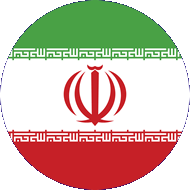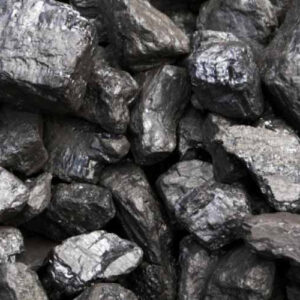The outset of 2024 witnessed a robust beginning for the iron ore market, primarily propelled by escalating prices and substantial imports by China. Amidst the landscape of iron ore futures, numerous investors harbored optimism, anticipating sustained demand bolstered by China’s extensive stimulus measures, given its status as the world’s largest purchaser of ore.
Iron ore stands as a pivotal ingredient in steel manufacturing, with China maintaining its position as the foremost manufacturer globally. Despite China’s relatively subdued steel production data for December, the prevailing investor confidence, coupled with various underlying factors, continued to underpin the iron ore market.
For instance, on January 26 in Singapore, iron ore contracts closed at US $135.31 per metric ton, marking an upsurge following two weeks of declines. Notably, this figure was 1% higher than the previous low observed in January, which stood at $133.99 per ton. In essence, ore prices have exhibited an upward trajectory since August 2023.
Despite challenges in the housing sector, iron ore imports into China persist in their ascent. Sectors such as automotive and construction remain significant drivers of steel production, thereby sustaining demand. However, uncertainty looms over the horizon. While China achieved a record high in 2023 in terms of importing coal and iron ore, the Evergrande real estate crisis is poised to impact both imports and consumption.
Upon news of a court ruling mandating the liquidation of Evergrande last Tuesday, iron ore futures experienced an immediate decline. This reaction stemmed from apprehensions surrounding the indebted property sector in China, the world’s foremost consumer. This downturn countered the positive sentiment emanating from China’s recent efforts to address the escalating crisis and stabilize market confidence.
Throughout 2023, Chinese steel mills underwent persistent alterations in their iron ore consumption patterns and procurement strategies due to mounting margin pressures. Additionally, most mills prioritized the adoption of the most cost-effective blending ratios to optimize their sintering or blast furnace requisites while maintaining low iron ore inventories.
Certain experts speculate that this trend could herald a resurgence in the low-grade iron ore market in 2024. Aligned with this perspective, numerous Chinese mills may opt for low-grade over high-grade iron ore to augment production efficiency, consequently reducing costs and mitigating potential losses amidst weak steel prices. Conversely, in countries like India, exports of low-grade iron ore persist. Notably, NMDC, India’s largest iron ore producer, recently implemented price increases for lump ore and fines.
Meanwhile, Vale SA, the second-largest global supplier of iron ore, reported a production surge in the previous quarter that surpassed expectations. This development alone holds the potential to impact iron ore futures and prices significantly.




